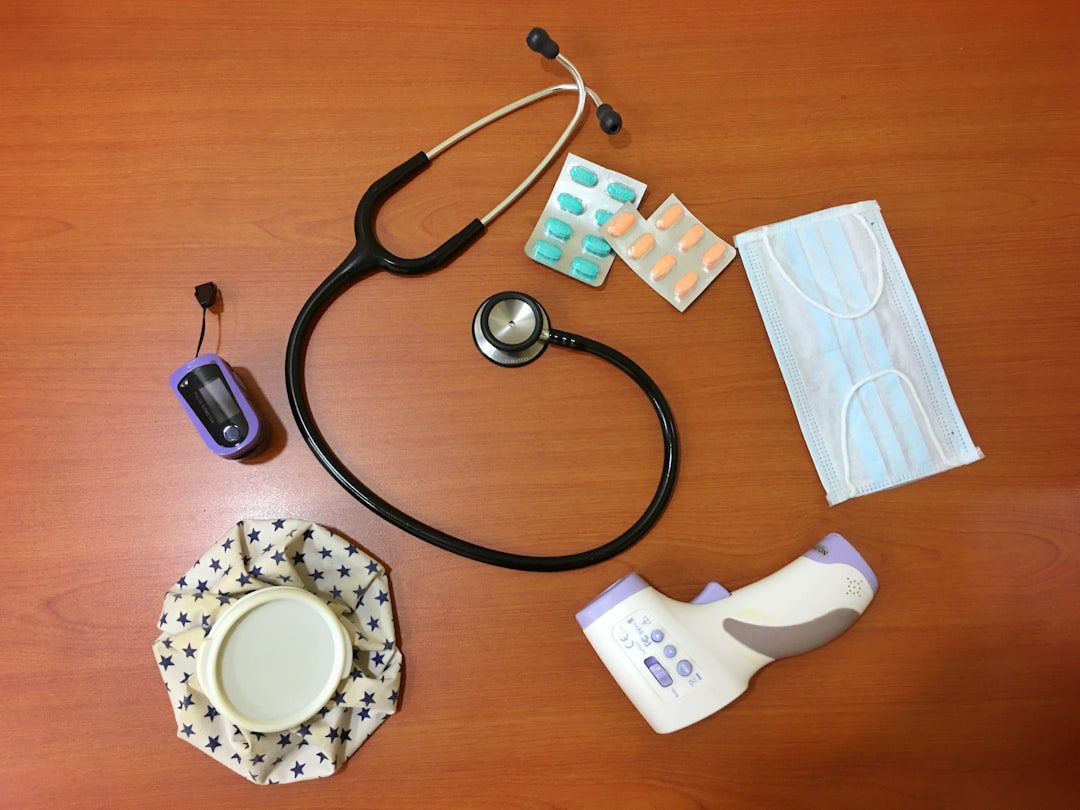
BD Infusion Set Performance Alert: Critical Compliance Lessons for Medical Device Manufacturers
The FDA’s recent update on BD’s infusion set performance issue serves as a crucial reminder of the evolving landscape of medical device recall communications. This alert, part of the Communications Pilot to Enhance the Medical Device Recall Program, highlights significant changes in how the FDA approaches post-market surveillance and manufacturer accountability.
Understanding the BD Infusion Set Alert
BD (Becton, Dickinson and Company) has encountered performance issues with their infusion sets, prompting FDA intervention through their enhanced recall communication framework. While specific technical details of the performance issues are being managed through the pilot program, this situation demonstrates the FDA’s commitment to more transparent and timely communication regarding device safety concerns.
Infusion sets are critical medical devices used to deliver medications, nutrients, or other fluids directly into a patient’s bloodstream. Any performance degradation in these devices can lead to serious patient safety risks, including medication delivery failures, infection transmission, or catheter-related complications.
The Communications Pilot Program: What Manufacturers Must Know
The FDA’s Communications Pilot to Enhance the Medical Device Recall Program represents a fundamental shift in regulatory oversight. This initiative aims to:
- Improve transparency in recall communications
- Accelerate information dissemination to healthcare providers
- Enhance manufacturer accountability throughout the recall process
- Provide more detailed technical information to support clinical decision-making
For medical device manufacturers, this pilot program signals increased regulatory scrutiny and higher expectations for proactive communication during safety events.
Regulatory Framework and Compliance Implications
Under 21 CFR Part 806, manufacturers must report device corrections and removals to the FDA within 10 working days. The enhanced communication pilot adds additional layers of accountability, requiring manufacturers to:
- Provide more comprehensive technical documentation
- Collaborate closely with FDA throughout the communication process
- Ensure consistent messaging across all stakeholder communications
- Demonstrate robust post-market surveillance capabilities
This regulatory evolution aligns with ISO 13485:2016 requirements for quality management systems, particularly clauses 8.2.1 (feedback) and 8.5.1 (corrective action), emphasizing the critical importance of systematic post-market monitoring.
Risk Management and Quality System Considerations
The BD infusion set situation underscores the importance of comprehensive risk management processes per ISO 14971. Manufacturers must evaluate not only product design risks but also post-market performance data to identify potential safety concerns before they escalate to FDA intervention.
Key risk management practices include:
- Continuous monitoring of complaint trends and failure modes
- Regular review of field performance data against design specifications
- Proactive engagement with healthcare providers for feedback collection
- Systematic evaluation of competitor recalls and industry-wide issues
Actionable Compliance Strategies
Medical device manufacturers should implement the following strategies to prepare for enhanced FDA communication requirements:
1. Strengthen Post-Market Surveillance Systems
Develop robust data collection and analysis capabilities to identify performance trends early. Implement automated monitoring systems that can flag potential issues before they reach critical thresholds.
2. Enhance Communication Protocols
Establish clear internal procedures for managing communications during safety events. Ensure all stakeholder communications are consistent and technically accurate.
3. Invest in Regulatory Intelligence
Stay informed about FDA pilot programs and evolving regulatory expectations. Subscribe to FDA communications and participate in industry forums to understand emerging requirements.
4. Conduct Regular Compliance Assessments
Evaluate current recall and communication procedures against new FDA expectations. Identify gaps in documentation, training, or system capabilities that could impact regulatory compliance.
Looking Forward: Preparing for Regulatory Evolution
The Communications Pilot program represents just one aspect of the FDA’s broader modernization efforts. Manufacturers must anticipate continued evolution in regulatory expectations and proactively adapt their compliance strategies accordingly.
Success in this evolving landscape requires a commitment to transparency, robust quality systems, and proactive communication with both regulators and healthcare stakeholders. The organizations that embrace these principles will not only maintain compliance but also build stronger market positions through enhanced trust and reliability.


No comments yet. Be the first to comment!